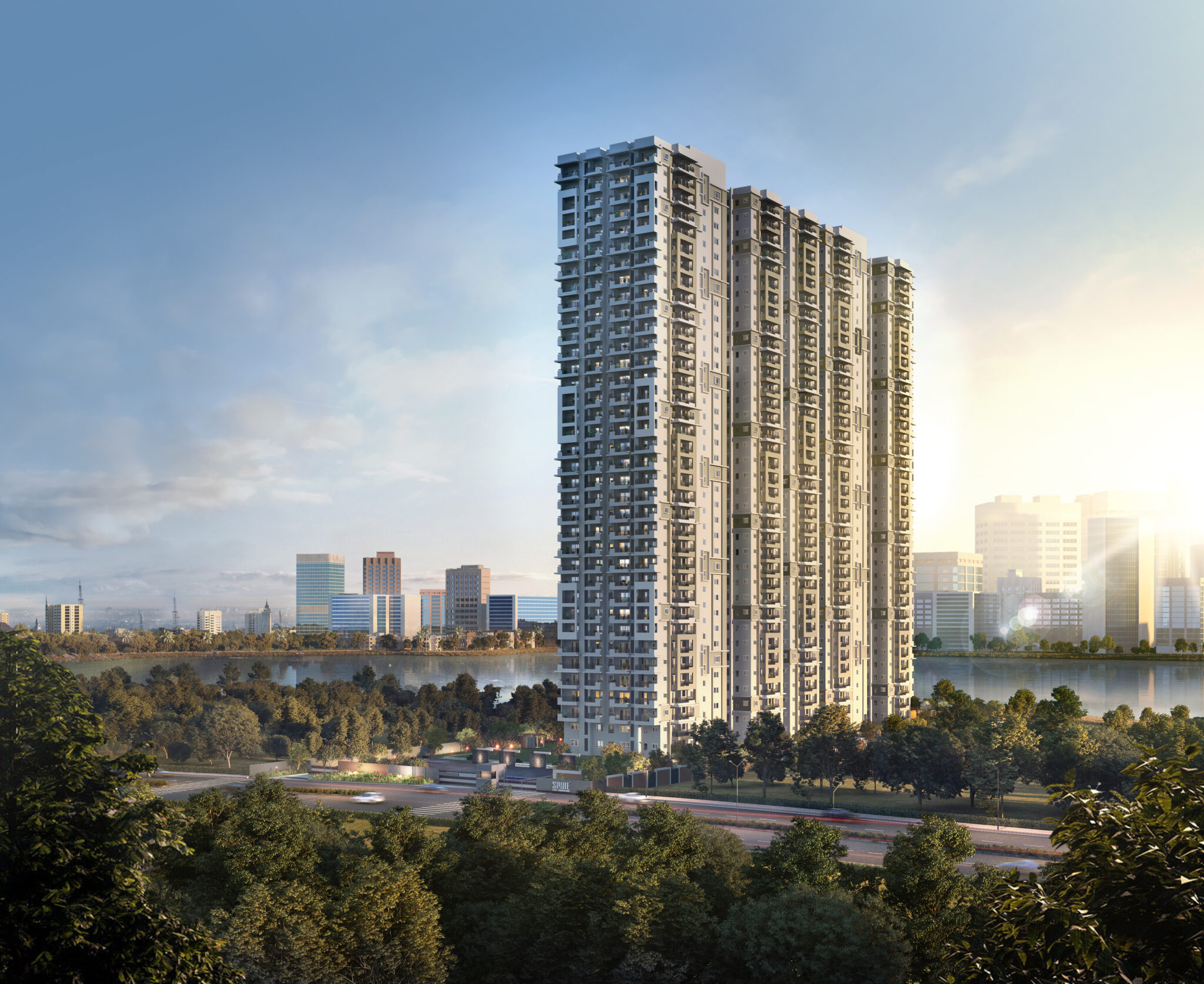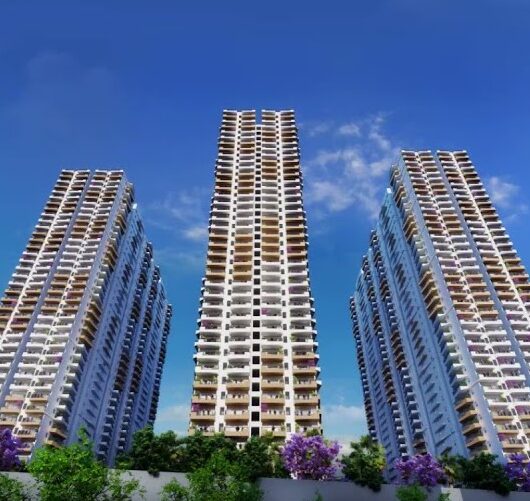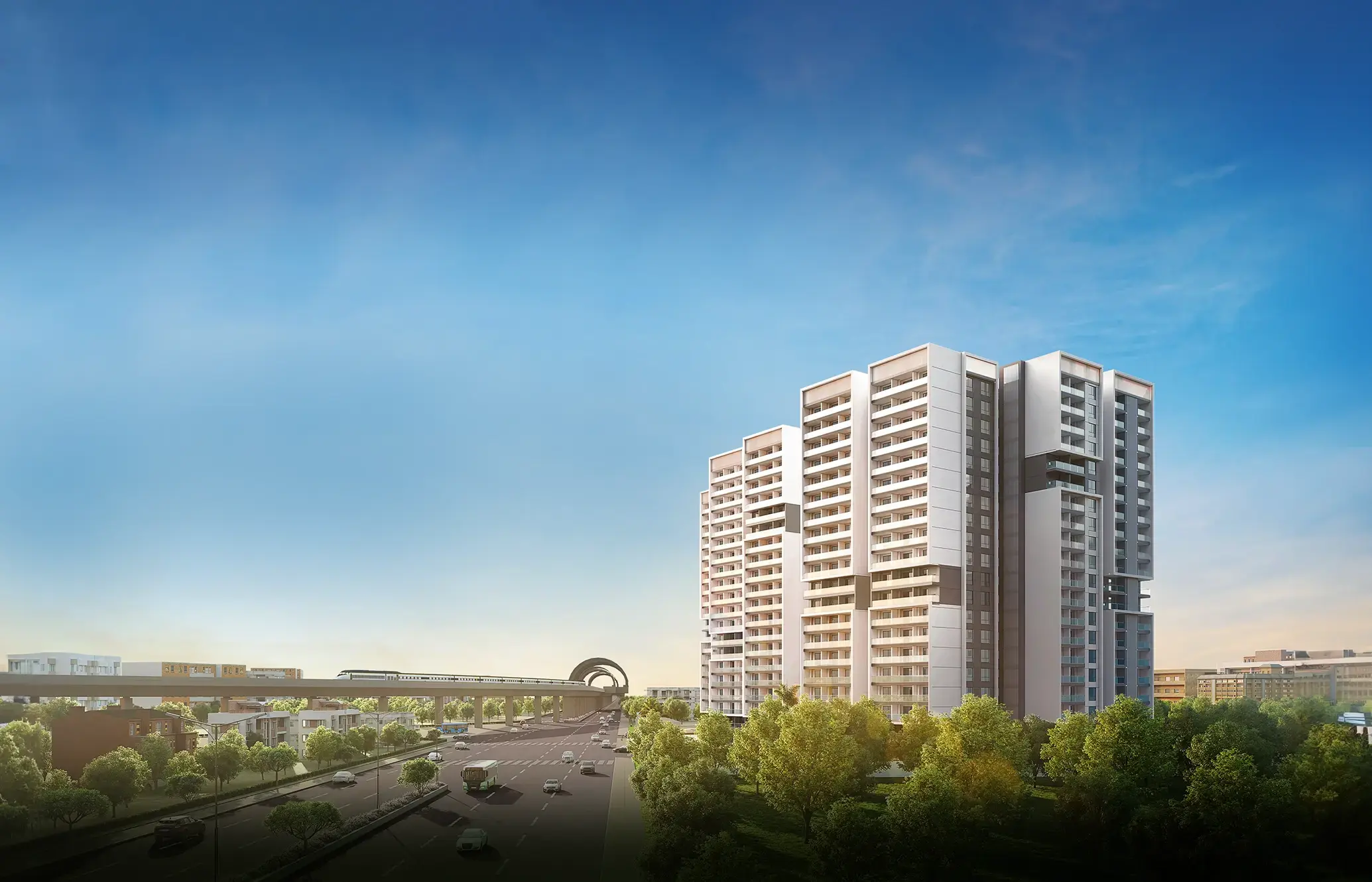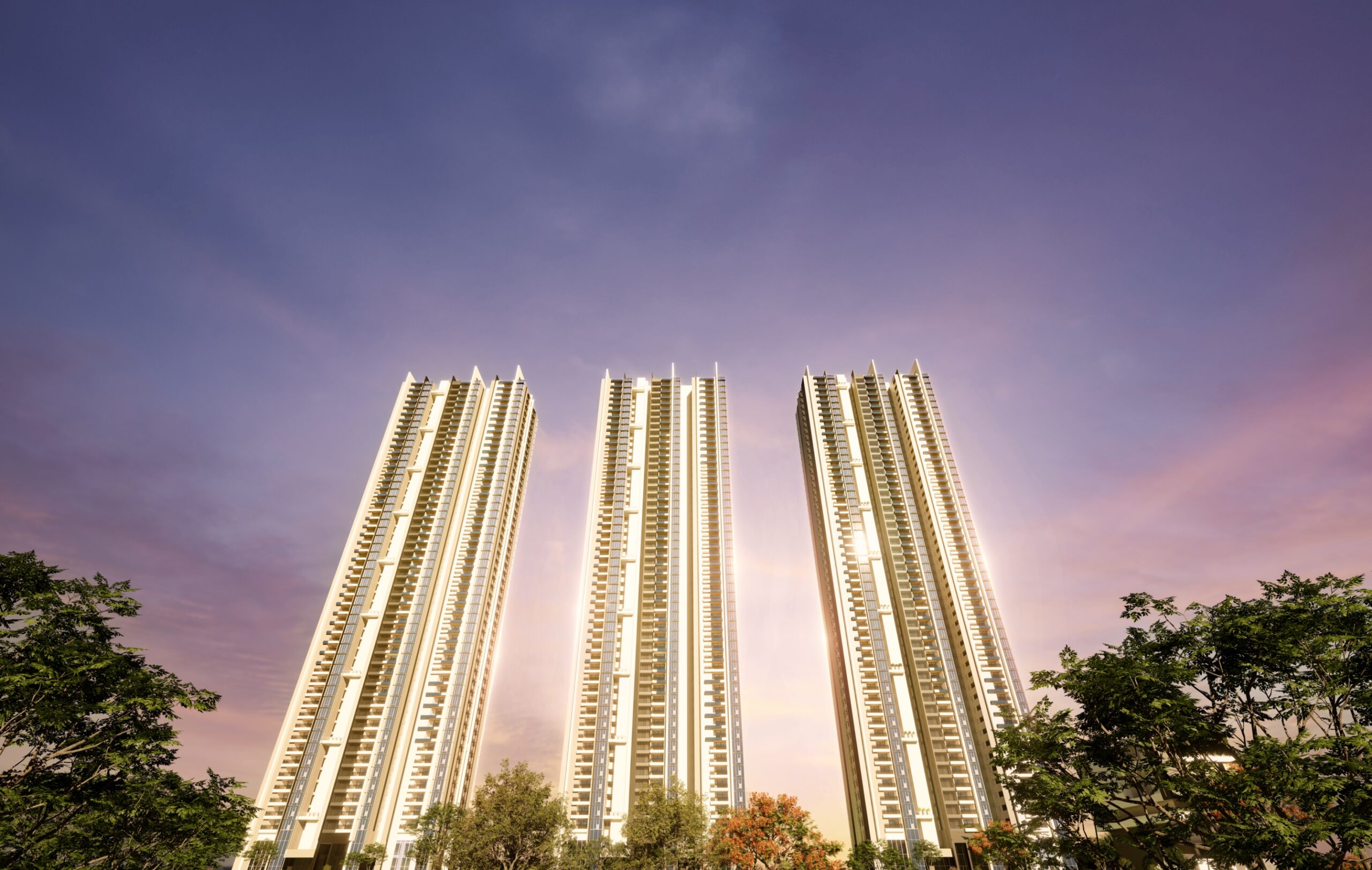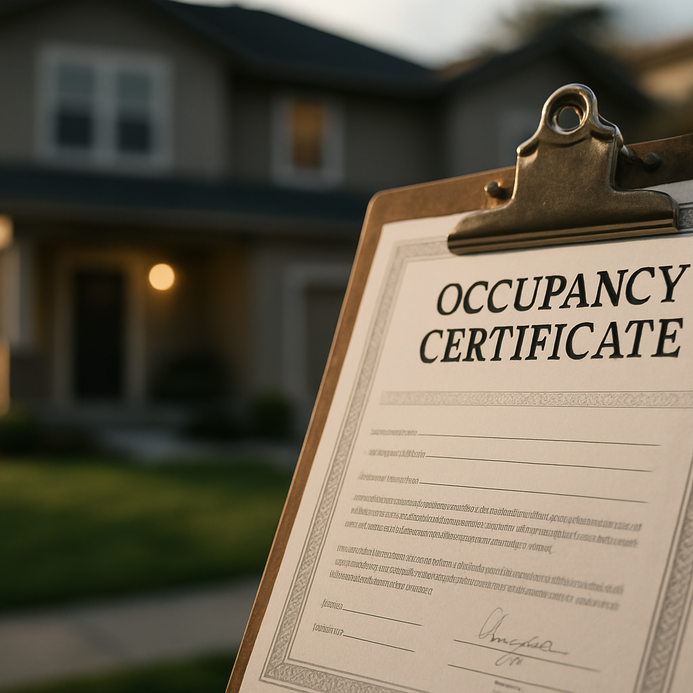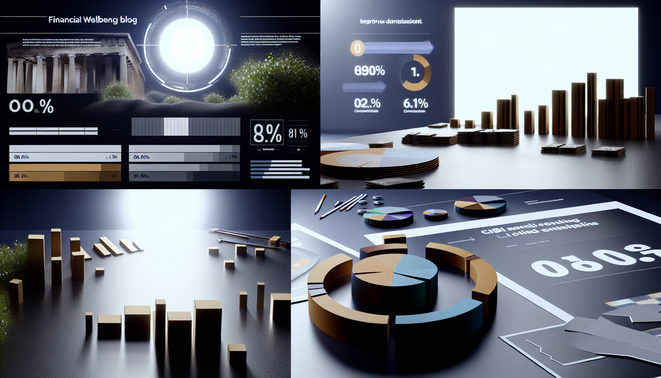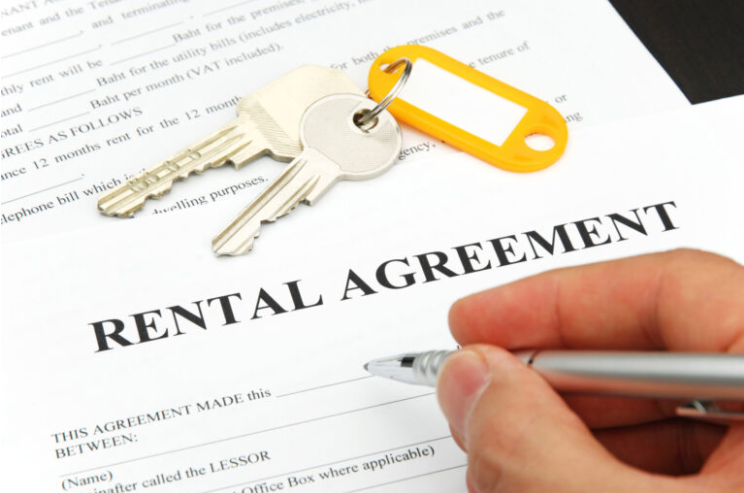Why Wellness Is the New Focus in Real Estate
Over the past few decades, the real estate industry has mainly focused on aspects such as location, size, and functionality. However, with a growing emphasis on well-being, a new trend has emerged in the form of wellness-integrated real estate. This movement aims to create living spaces that actively promote the physical, mental, and emotional health of residents, going beyond mere aesthetics.
This article delves into the increasingly strong relationship between real estate and wellness, examining the rise of wellness-integrated communities, the inclusion of features like yoga studios and meditation spaces, and the importance of establishing a connection with nature.
- 1 The Emergence of Wellness-Integrated Communities
- 2 Yoga Studios and Meditation Spaces: Enhancing Inner Peace at Home
- 3 Reconnecting with Nature: The Benefits of Access to Green Spaces
- 4 Beyond Basic Amenities: Embracing a Wellness-Centric Lifestyle
- 5 Integrating Wellness Principles into Home Design
- 6 Impact on Real Estate Value
- 7 FAQs
The Emergence of Wellness-Integrated Communities

Wellness real estate encompasses a wide range of features and design philosophies, moving beyond just surface-level considerations to support a holistic approach to well-being. Sustainable design, featuring eco-friendly materials and energy-efficient construction methods, benefits both the environment and the inhabitants by providing a cleaner and more serene living space. Furthermore, biophilic design principles, such as green roofs, living walls, and strategically placed gardens, help residents reconnect with nature, thereby reducing stress and improving overall well-being. Additionally, many communities include amenities that promote physical activity and social interaction, such as fitness centers, walking or jogging paths, and communal spaces.
Yoga Studios and Meditation Spaces: Enhancing Inner Peace at Home

In traditional residential developments, amenities like gyms and swimming pools have been the norm. However, wellness-integrated communities are redefining these norms by expanding the concept of yoga studios and meditation spaces. On-site yoga studios provide convenient access to practices that promote physical and mental well-being, while dedicated meditation spaces create a serene environment for residents to practice meditation and mindfulness techniques, fostering inner peace and reducing stress. These amenities are not just convenient but also essential for self-care and inner well-being.
Reconnecting with Nature: The Benefits of Access to Green Spaces

Numerous studies have revealed the strong connection between access to nature and overall well-being. Spending time outdoors has been shown to lower blood pressure, decrease stress hormones, and boost mood. Communities can integrate this concept into their living spaces and societies in several ways. For instance, creating green spaces such as courtyards or gardens within the community can offer residents a quick escape to nature. Additionally, developing communities near parks, nature reserves, or greenways allows residents to easily access natural spaces for hiking, biking, or simply enjoying a walk in the woods. Including balconies or patios with plenty of greenery also enables residents to bring nature into their urban living spaces.
Beyond Basic Amenities: Embracing a Wellness-Centric Lifestyle
Community efforts can take the form of collaborating with nutritionists, yoga instructors, or meditation teachers to provide residents with expert guidance and programs. Hosting workshops on topics such as healthy cooking, stress management, or sleep hygiene can also empower residents to take an active role in their well-being. Principles of wellness can be integrated into any real estate project, whether it’s a large-scale development or a smaller neighborhood. The key is to adapt these principles to suit the scale of the project.
Integrating Wellness Principles into Home Design

When it comes to home design, prioritizing natural light and ventilation through the use of large windows and open spaces is crucial. Consider incorporating skylights or light tubes to bring sunlight into interior rooms. Using biophilic designs that integrate nature-inspired elements such as indoor plants, living walls, and natural materials helps create a seamless transition between indoor and outdoor spaces. Thoughtful color choices that promote relaxation include calming, earthy tones and avoidance of overly bright or jarring colors.
Designing rooms with specific purposes in mind, such as a dedicated meditation corner, a yoga studio, or a reading nook, and ensuring flow and ease of movement throughout the house are essential. If the local area is affected by high levels of air pollution, investing in air purifiers and incorporating air-filtering plants can be beneficial. Designating quiet areas for unwinding, meditation, or mindfulness and utilizing soundproofing materials to minimize outside noise is also important.
Lastly, choosing furniture that supports good posture and comfort and creating ergonomic workspaces for those who work from home can contribute to overall wellness. Incorporating smart lighting systems that mimic natural light patterns and considering smart thermostats for optimal temperature control help in setting natural biological rhythms, allowing for a more gentle awakening and less abrupt introduction to the day. Incorporate greenery and natural textures, in a clutter-free environment promotes mental clarity and reduces stress. It is an excellent way of living, if you can regularly declutter and organize your living spaces.
Impact on Real Estate Value
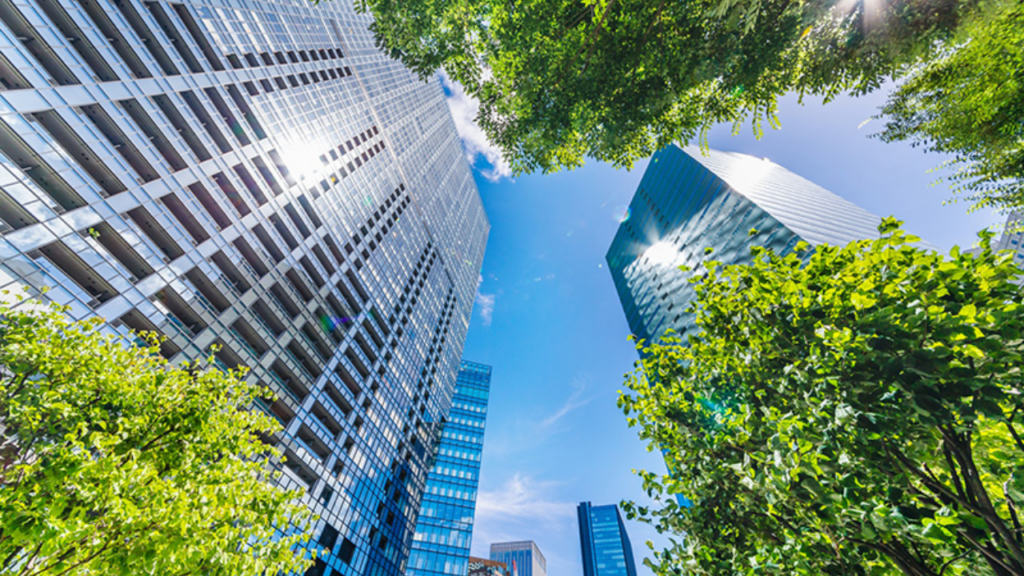
Properties within wellness-integrated communities often command higher prices. Buyers are willing to pay a premium for homes that prioritize well-being. Features like yoga studios, meditation spaces, and access to nature contribute to this perceived value. Developers recognize that wellness-focused properties hold long-term value. As the demand for wellness amenities grows, these properties become attractive investments. Buyers view them as not just homes but as holistic lifestyle choices. Wellness features enhance a property’s market perception. Communities that prioritize health and mindfulness create a positive image. This reputation attracts buyers seeking a balanced, healthy lifestyle. Wellness amenities evoke positive emotions. Residents feel connected to their environment, fostering a sense of well-being. This emotional connection translates into perceived value.
FAQs
The Wellness Communities Initiative (GWI) launched the Wellness Communities Initiative in response to consumers’ expanding desire for wellness beyond travel (such as wellness tourism and spa breaks) to their homes and communities. Business leaders actively involved in wellness communities and lifestyle real estate volunteered their time to share experiences and resources. The initiative aims to create real estate developments optimized for both human health and the planet’s well-being.
In January 2018, GWI released a landmark research report titled “Build Well to Live Well.” This report explores the strong wellness case for a healthy built environment and wellness real estate.

